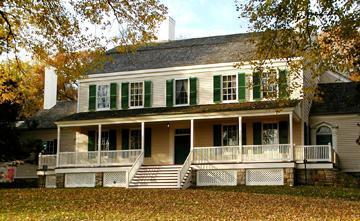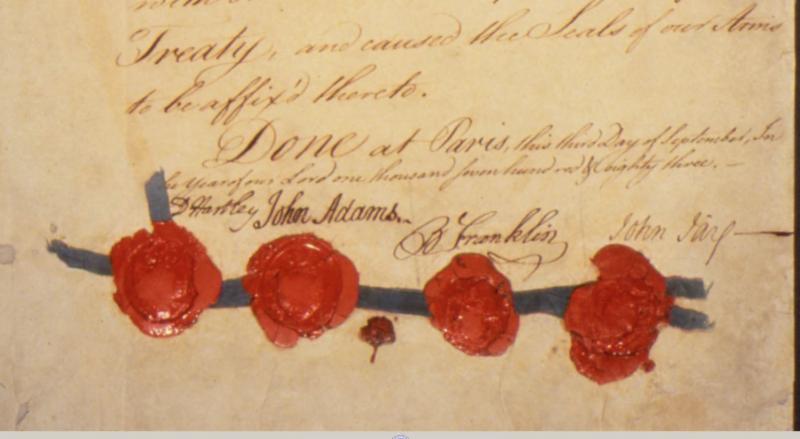When John Jay retired after two terms as governor of New York in June 1801, after serving as the first chief justice of New York State and of the United States, as president of the Continental Congress, as secretary for foreign affairs, and—most important—as the U.S. diplomat who stamped his vision on America’s foreign policy for generations to come, he moved into a plain yellow house in Katonah, at the northern edge of Westchester County. Even though he’d lived in one of New York City’s grandest mansions, he didn’t want a “seat,” his son wrote; he wanted a plain farmhouse, just like his neighbors’. The only difference between his house and hundreds more built in America in the first two decades of the nineteenth century was that it was a bit bigger—and built like Old Ironsides. As one friend said of the solidity of the house and its furnishings, and of Jay’s religiously upright life—“all his conduct seemed to have reference to perpetuity in this world and the next.”
Have a look at this slideshow of the John Jay Homestead. Just click on the photo:

Though we now best remember Jay as our first chief justice, his most important accomplishment was as a diplomat. He negotiated the Treaty of Paris that ended the Revolutionary War. Ignoring Congress’s instructions to coordinate closely with America’s French allies and keep French diplomats informed of all his communications with British negotiators, Jay quickly understood that France and America had different interests and aims in the final peace settlement. France wanted America to be a much smaller and weaker country than Americans hoped for–a country surrounded by hostile powers, at loggerheads with England, and thus perpetually dependent on France. Consequently, Jay negotiated with his British counterparts without informing the French foreign ministry of his actions and intentions, and at last succeeded in getting agreement to a treaty that left America a much bigger and more powerful nation than France had wanted and that even Congress had thought possible.
Here are the signatures on the Treaty of Paris, including those of Jay’s fellow American commissioners, who played minor and unimportant roles in hammering out the treaty, as well as that of British negotiator David Hartley.

